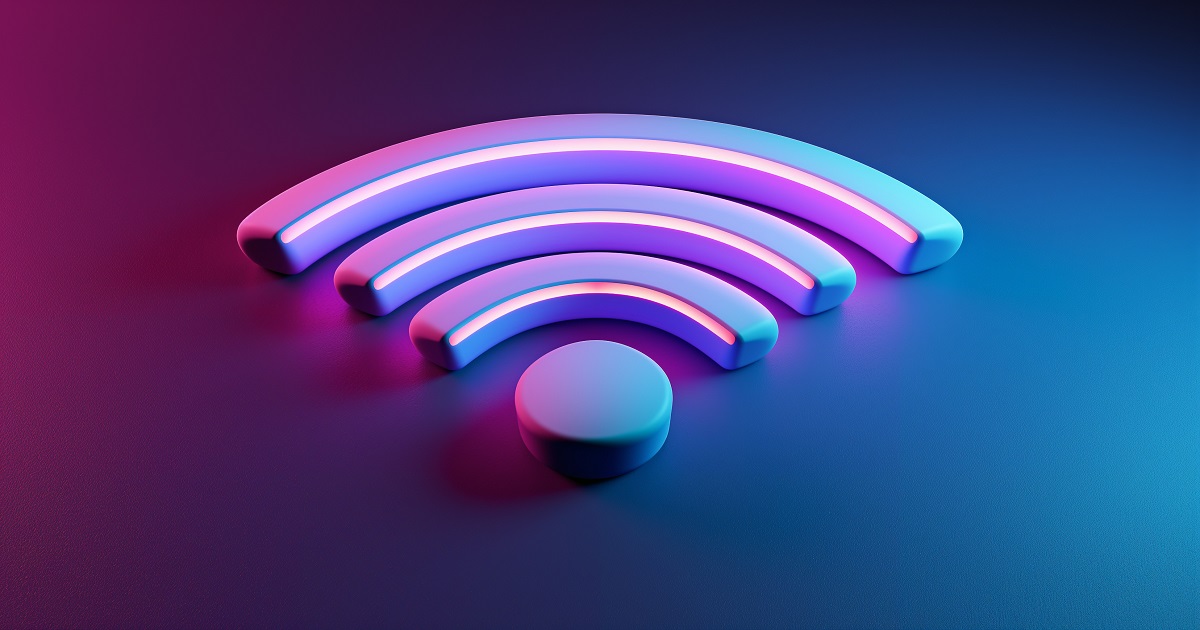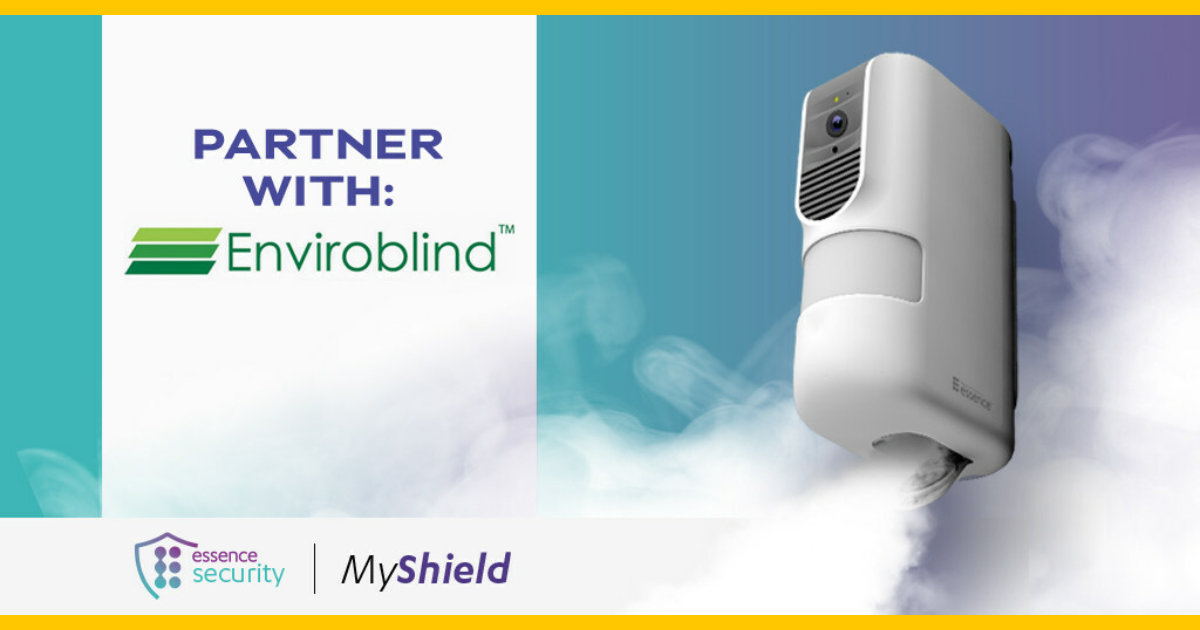The baby boom and increased life expectancy are two elements that contribute to the high aging population in the US. A rise in the aging population puts a lot of pressure on the healthcare industry to provide the necessary care. The Internet of Things (IoT) is one solution to decrease the costs of this care and boost its quality.
Technological advances are making it possible for seniors to age in place without requiring a lot of human intervention. IoT allows the connection of different appliances and system to the internet. The internet of things is what makes it possible to adjust the thermostat from a smartphone or for refrigerators to order groceries. Such conveniences make it less challenging for seniors to live alone.
Efficient Care
The use of cloud technology in the healthcare industry is improving how professionals deliver elderly care. By integrating devices with cloud technologies, practitioners can easily provide personalized services to seniors. Cloud-based IoT allows efficient communication between different systems. A doctor can access the data from a heart monitor and see the progress of a patient without leaving the office. The care team can check oxygen levels, blood sugar, or heart rhythms any time of day, meaning they can spot when something is wrong without waiting for the patient to call for help.
Elderly care professionals can also retrieve data from the various devices connected to the cloud and conduct assessments of daily living. Such information can show patterns of how an individual goes about the day, and in a case of any deviation, healthcare or family members can be alerted.
Reduces Cost of Elder Care
Elderly care results in numerous expenses for the government, and it is expected that they will keep increasing. The surge in the aging population may result in 75 percent more senior Americans in need of nursing care from 1.3 million in 2013 to 2.3 million in 2030. However, with the help of technologically advanced gadgets, aged individuals can live comfortably at home with minimal need of nursing care.
Doctors are now capable of monitoring their patients remotely, meaning seniors don't have to incur costs of regular doctor visits. Another way IoT lowers costs is by reducing the risk of accidents for seniors. If an individual can turn on devices without moving from one part of the house to another, it minimizes the risk of falling down staircases or tripping on wet floors. The advanced monitoring by caregivers allows them to detect health problems before they escalate.
Communication
Communication channels are critical to aging individuals. People still want to feel cared for by their loved ones in their old age. The internet of things has changed how seniors communicate with the people in their lives. Now mobile devices have video call capabilities among other functions, which allow people to stay in touch.
Communication is, particularly fundamental for individuals with mobility issues. Even if they can't leave home, they can catch up with friends and check in with relatives. Caregivers also capitalize on the latest communication technologies to help with the monitoring of their patients. A nurse can aerially contact a relative and give instructions about how to check blood sugar.
Peace of Mind
Loved ones always worry when they have to leave a senior alone at home. Persons with mobility challenges or diminished memory are particularly at high risks of accidents. There are home systems that monitor movement. Such systems are effective for aging persons with mobility such as those who have arthritis. With the disease being the number one cause of disability in the U.S., arthritis care has become a fundamental part of elder care. IoT allows seniors to live a better quality of life even with some kind of disability.
The possibilities are endless when it comes to using IoT to improve aged care. Technological advances are being used to improve the standard of medical care, security, and convenience for the aging population.
About the Author: After obtaining his medical practitioner’s license from the University of Michigan, Isaac Christiansen immediately started his own private practice. After 20 years, Isaac is still practicing but has since integrated holistic and alternative medicine into his treatment options.
Edited by
Ken Briodagh





